Tomatoes

According to scientific research, ripe tomatoes should be kept on your counter, uncovered. When kept in the refrigerator, their flavor is highly affected. This is because the cold temperatures reduce the functionality of the genes that allow the fruit to properly ripen. If they're currently ripe, they'll also lose the flavor you love.
Chemicals known as "volatiles" are responsible for giving tomatoes a sweeter, more complex taste. Studies have shown that chilling tomatoes for a week greatly change their flavor. If your tomatoes are going bad and you want to preserve them a little longer, it's okay to put them in the fridge for a day, but use them quick!
Coffee

We get how important coffee is. Even we can't start the morning without it. To keep coffee at its best, it should be stored in a dark, airtight container—and not inside your refrigerator. Cool temperatures create moisture, which dulls the taste of coffee beans and grounds. Moisture isn't what you want in your coffee until it's being brewed.
If you want your coffee to keep its aroma and flavor, keep it stored at room temperature. Be sure to store it in an air-tight container for the best taste and smell. However, if you buy your coffee in bulk and don’t plan on using it right away, you can place it in the freezer for up to a month to keep it fresh.
Potatoes

It can be hard to use up a big bag of potatoes all at once, so what's the best way to store them? Well, if you’re attempting to safely store your potatoes, avoid the refrigerator. Uncooked potatoes are best kept in a cool, dry, and dark environment. We're talking about a dark cabinet drawer (not on the countertop).
Low temperatures will turn starch into sugar at a quicker rate, which is why they should never be stored in the fridge. Not only that, but potatoes kept in the fridge can contain higher levels of "acrylamide." The chemical is found in all starchy foods, but you don't want to consume a ton of it. Studies have found that it leads to cancer in animals, and it could do the same in humans.
Nuts

Well, this one is kind of a double-edged situation (so to speak). If you plan on eating the nuts soon, don't put them in the fridge. Consume them within a month. Storing them in the fridge would make them less flavorful, and that's the last thing you want from your expensive nuts.
However, if you're the type to buy large containers from places like Costco or Sam's Club, you may want to keep some of them in the fridge. Nuts that are higher in saturated fat can spoil faster when left on the counter for over a month. It won't hurt you to eat rancid nuts, but you certainly won't enjoy the taste.
Herbs

Fresh herbs aren’t the easiest to keep fresh, but that’s most likely because they’re being stored incorrectly. If you keep them in the fridge, they’re being exposed to too much moisture, causing them to become slimy and wilted. You could keep them in the fridge with a paper towel that's changed out once a day (but that's a lot of work).
Instead, wash and dry herbs and leave them on the counter. You can also oven-dry your herbs to keep them long-term. If you prefer to have your herbs in the refrigerator, the best way to store them is to place them in an air-tight container wrapped in a damp paper towel to keep them from drying out or wilting too quickly. Check at least twice a week to ensure the paper towel isn't too damp.
Onions

If you want to extend the shelf life of your onions by up to 30 days, move them from the refrigerator to the pantry. Like potatoes, the starches in onions are converted into sugars at a quicker rate when stored at cooler temperatures. By keeping them in the fridge, they also absorb moisture, which will cause them to get mushy and spoil much faster.
The best way to store onions is by keeping them in a mesh bag in your kitchen cabinet. However, after they're peeled or cut, you need to put them in the fridge. It's best to put them in an air-tight container unless you want your fridge to smell like onion (and a lot of the food to taste like onion).
Spices

The best way to keep your spices fresh is to buy whole spices and then grind yourself. If that isn't possible or you just want convenience (no shame here, because we do the same thing), aim for dried spices in a jar! These ingredients are designed to last much longer than you'd think.
Moisture in the fridge could cause them to clump together or spoil altogether! It's best to keep them at room temperature on your counter. If you can, keep them in a darker place as the sunlight could cause them to get warm and lose flavor over time. Most spices will last a year or two before they need to be replaced.
Melons

Few things are better than a fresh melon on a hot, summer day. You'll want to make sure to store them right so they're good for the weekend! Watermelons and honeydew melons taste better and last longer when stored at room temperature in a dry place -- i.e. away from moisture, which could ruin the protective rind.
According to a study that appeared in the Journal of Agriculture and Food Chemistry, melons decay in less than a week when stored in the refrigerator—which is reason enough to leave them on your counter rather than in your fridge. If you want cool watermelon, just put it on a bed of ice. That'll cool it down quick!
Squash

We should keep winter squash in the fridge because it's cold like their natural habitat, right? Wrong! Sorry, but winter squashes should be kept out of the refrigerator because humidity causes produce to quickly deteriorate. No one wants mushy squash, and you want it to last until you make it for dinner.
Even if the rind is thin, it does a good job protecting the vegetable. Not only will squash last longer at room temperature, but it will also taste better. In addition, storing any type of winter squash will result in giving them a mushy texture. It's time to pull them out and leave them on the counter or kitchen island!
Garlic

Adding garlic to a dish is an immediate way to make it taste so much better. However, if you typically store your garlic in the fridge, remove it immediately. When refrigerated, garlic bulbs grow moldy due to increased moisture. The skin around the garlic acts as a perfect barrier to keep moisture in, which is the opposite of what we all want.
On top of that, they also begin to sprout because of the cold temperatures—which is an indication that it’s being stored incorrectly. That's not awful if you're trying to grow fresh garlic in your garden, but bad if you want to put it in your spaghetti. The best way to store garlic is in mesh bags or loosely woven baskets.
Oil

Saving oil in the fridge? That's all wrong! While putting it in the fridge once is okay, it's awful for oils to consistently be put in and removed from the refridgerator. In the fridge, oil (especially olive oil) forms crystals that solidify. When warm, it returns to its liquid state. Once is okay, but multiple times puts stress on the oil and could change the taste.
It also doesn't extend the shelf life. It's better to store your oil at room temperature in a dark cupboard or pantry. Always keep oil away from the sun. Some rumors state that you can test authentic olive oil by putting it in the fridge. That's false. There's no reliable way to test your olive oil's authenticity.
Pumpkins

Pumpkins are a lot like squash -- they're both winter gourds if you think about it! If you really want to extend your pumpkin's shelf-life, it should be kept at room temperature away from moisture. Moisture could decrease the life of your delicious fall fruit (yes, pumpkin is a fruit!).
Extreme temperatures, whether hot or cold, can be very harmful to the pumpkin. Keep them in a controlled environment like the pantry or a cupboard. If you plan on using your pumpkin as food, you can always cut it up and freeze it to ensure it'll be fresh when you're ready!
Nutella

Ah, nothing is better than starting your day with Nutella, whether you're putting it on toast or mixing it into a smoothie. This delicious hazelnut spread unfortunately has a relatively short shelf life. That's bad news for anyone that wants to take their time when eating it! Turns out, putting it in the fridge is a bad move.
Although you may believe storing it in the refrigerator is the best option, the chilly temperatures will harden the product so it’s no longer spreadable. Think of it like peanut butter -- you wouldn't put that in the fridge. Instead, place your jar of Nutella in a cool, dry place and keep the lid tightly sealed.
Peanut Butter

Anyone else had a hard time spreading peanut butter after it's been in the fridge? The fridge is the problem! There’s no need to refrigerate peanut butter. A jar of traditional peanut butter, like Jif or Skippy, is best kept in a cool, dry environment. When properly stored, your peanut butter will last for months in your pantry.
Keeping it at room temperature allows it to remain creamy and spreadable. An open jar of peanut butter will stay fresh in the cabinet for up to three months, but after that, oil separation can occur. If you really want to store it correctly, place it upside down. This forces the oils through the peanut butter when you're ready to use it.
Apricots, Peaches, and Mangoes

Everyone says that fresh fruit is the best choice, but here's a secret: fresh fruit isn't ripe when it's picked. It's underripe so that it can withstand the delivery process to your stores. Apricots, peaches, and mangoes are fruits that continue to ripen after being picked, but they can't do that in your vegetable drawer!
In order for them to fully ripen, they should be stored at room temperature, away from sunlight and heat. Cold temperatures will also change the texture and taste of these fruits. Once these fruits ripen within approximately 4-7 days, it is safe to put them in the refrigerator to extend their shelf life.
Flour

No kitchen is complete without flour, whether it's almond, whole wheat, or all-purpose. Flour is a baking staple that should be stored at room temperature. This is a great example of when you shouldn't trust the "best by" date. Flour can actually last six to eight months past its printed “best by” date if stored in an airtight container in a dark, cool cupboard.
If you don't use your flour that often, it may be best to keep it in the fridge to extend its life even further. However, if you regularly grab it to cook or bake, you'll want it at room temperature to ensure your biscuits and other recipes have the proper texutre.
Bread

Bread is a tricky thing. If you live in an extremely humid environment, then it may be best to store it in the fridge. However, if you live anywhere other than the beach, bread shouldn't ever be in the refrigerator. Sure, refrigerators are meant to preserve the freshness of food, but that isn't always the case.
Cold temperatures cause the starches in bread to regroup and recrystallize, causing it to become stale and dry. For most people, bread should never be stored in a super cold environment (unless you're not going to eat it for several weeks). Instead, bread should be left on the counter or in the pantry.
Avocados

Avocados seem impossible to keep fresh. As soon as you buy them, they touch your kitchen counter and turn brown. Okay, maybe that's not exactly the case, but it can feel like it sometimes! So, what should you do? Unripe avocados should be stored at room temperature. Depending on how hard they are, they can take four to five days to ripen on the counter and even longer in the refrigerator.
If you want to use your avocado soon, don't keep it in the fridge. To speed up the ripening process, place your avocados in a brown paper bag with an apple or banana and let them sit for a few days. These fruits release ethylene—a natural plant hormone that speeds up ripening.
Ketchup

But ketchup bottles tell you to keep it in the fridge! True, but that's not necessarily the best decision depending on how often you use your condiment. Storing ketchup in the refrigerator may lengthen its shelf life, but it affects its consistency and taste. The high amount of vinegar reacts poorly to cold temperatures.
This causes the ketchup to become runny and watery. Yeah, that's why the water leaks out after you open it! If you use this product frequently, keep it out of the refrigerator. A bottle in the fridge lasts six months while a bottle on the pantry only lasts for one month (but it tastes so much better).
Apples

Technically, apples can be stored in the refrigerator to keep them from spoiling too quickly. However, it takes up valuable fridge space, and the cold air can break down the crispness we all know and love. Apples taste best when they're kept in a cool space away from bright sunlight.
On the counter, apples can last up to a week or two (depending on the freshness when you purchased them). In the fridge, they last up to four weeks. If you're going to cook with them and the texture isn't as important, it may be best to put them in the fridge. Just let them come to room temperature before cooking.
Soy Sauce

Soy sauce can be refrigerated, but that doesn’t mean it should. The high salt content in soy sauce allows it to be kept safely at room temperature for up to six months. Keeping it cold changes the taste and can affect the ingredients. It totally comes down to your own personal preferences.
Do you want soy sauce to be cold or room temperature? It could definitely make your food cold if it's kept in the fridge. If you're a heavy soy sauce user that goes through a bottle a month, then it's fine to keep on the counter. If you seldom use your sauce, on the other hand, it may be best to toss it in the fridge.
Canned Tuna

Like most cans, there's no reason you would ever keep canned tuna in the fridge. That's all thanks to the airtight seal. That means an unopened can of tuna lasts months or even years as long as it's stored in a dark cabinet (basically, away from heat). The liquid also helps preserve the tuna, but that isn't all.
It also keeps it moist until opened and gives it a long shelf-life. Because of these reasons, it's ideal to keep canned tuna in your pantry. Once opened, it should be stored in an airtight container and put in your fridge. Never consume opened tuna that's been sitting out for hours, especially if it hasn't been chilled.
Bananas

Where bananas are kept is based on how you'll be using them and when, the latter being the most important part. If you just plan on eating the banana for breakfast in the following week, definitely leave it out. If you aren't going to eat it for a while, the fridge may be your best bet.
This goes double if you purchased green bananas that aren't close to ripening. Those can stay in the fridge for a week or so. Smoothies? Put them in the freezer! Bananas are pretty delicate and easily damaged, so when they're exposed to extreme temperatures (whether hot or cold), they can become blackened and bruised.
Cucumbers and Pickles
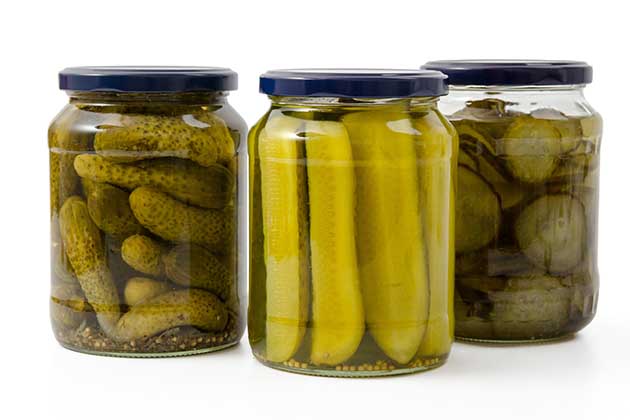
It's true that you should keep cucumbers cold, but don't keep them too cold! They can go in the fridge, but you need to put them in a bag to keep them a little warm. They certainly shouldn't ever go in the freezer. It's best to keep them on the counter because it maintains the crisp texture. Pickles are much the same, especially when the container is unopened.
When they're still vacuum sealed, pickles just take up valuable space in the fridge. After opening, the vinegar helps keep the pickles fresh without being in the fridge. If you put them in the fridge, it doesn't hurt (but it doesn't help either). They'll stay fresh roughly the same amount of time as if you left them in your cabinet.
Hot Sauce
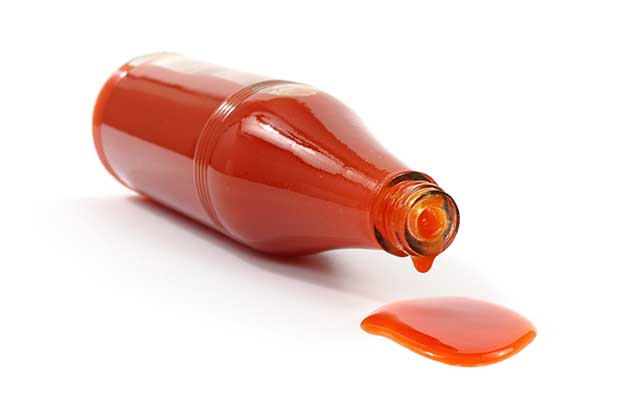
Hot sauce is a double-hitter. Like some of the other condiments on this list, it's high in salt and vinegar. This means that it can sit on the counter or in the cabinet without spoiling even after you open it. It's so preserved that you can literally keep it for a full year on your counter after you open it!
That's pretty impressive. It turns out that salt and vinegar prevent bacteria growth, which is the culprit that causes food to spoil. Leaving the sauce on the counter could cause some to change color. Tobasco is a good example of this. It could get darker over time, but that doesn't mean that you can't eat it anymore! Heck, you can still eat Tobasco after leaving it on the counter for more than five years.
Butter
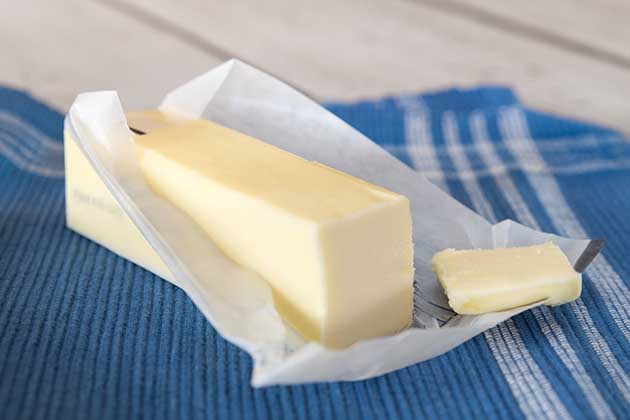
When you buy butter, it's in the cooler section, so that means you need to refrigerate it, right? Wrong! We were a little surprised too. Contrary to popular belief, it's perfectly safe to store butter on the counter. As long as it's away from direct sunlight, your butter will be good for a week or two (depending on the fat content).
It will last longer in the fridge, but if you want perfectly spreadable butter, you'll want to leave it on the counter for the best toast of your life. Most older folks will happily tell you the joys of leaving your butter on the counter versus putting it in the fridge. It may be best to get a butter dish (with a top) so it's always kept away from the sun.
Cereal
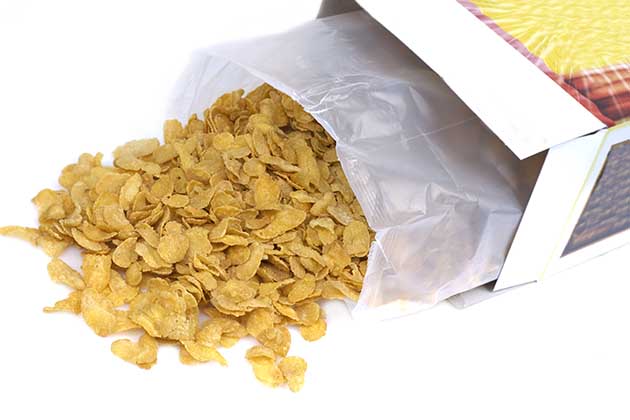
Are you the type of person to put your cereal in the fridge? Turns out that could be a really bad decision! Considering how expensive cereal is now, you want it to always taste great, but it won't when you put it in the refrigerator. Cereal is known to absorb moisture and smells when kept at cooler temperatures.
So, regardless of what type of cereal you buy, you should always store it in the pantry. Once open, fold the bag and clip it shut to keep it fresh and tasty. In addition to taking on the smell and taste of other foods in the fridge, keeping cereal cold can actually damage the texture, too.
Chocolate
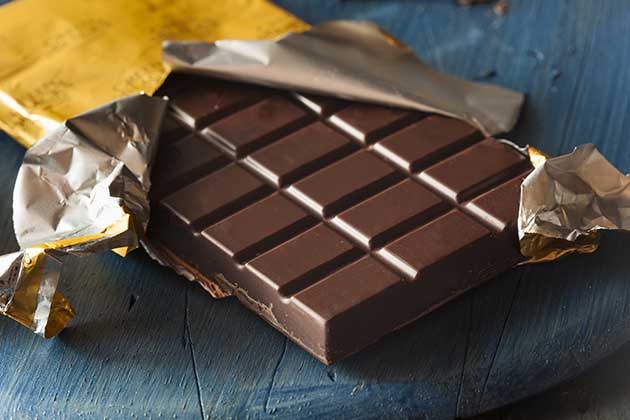
Sure, chocolate doesn't melt in the fridge, but it's probably not hot enough in your home to cause chocolate to melt! Always avoid putting chocolate in the refrigerator, and we're about to tell you why. Cold temperatures affect the taste, color, and texture of this sweet treat—making it less desirable.
It’s also known to absorb the smell of surrounding foods, so it’s best when stored away from other oxidizing food items. In addition, when chocolate is stored in the fridge, something called “sugar bloom” happens. The blooms can be seen on the surface of the chocolate, and it changes the texture of the treat to gritty and grainy.
Jellies and Jams
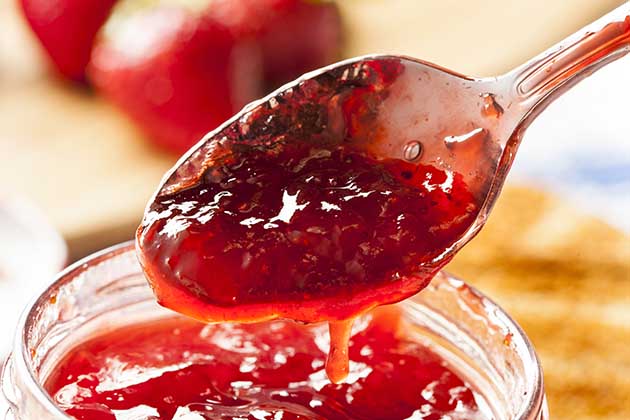
Jams and jellies are so moist that you need to keep them in the fridge, right?! Nah, you don't. When unopened, they certainly can be kept in your cupboard without worrying about spoiling. However, not many know that after you open them, they're still best kept in the pantry! The preserving process keeps them from spoiling, especially since they have such a low, low water content.
They're also pretty acidic so it's pretty difficult for bacteria to thrive and create mold. That doesn't mean you should keep it on the counter forever. Just because it has a hard time doesn't mean that it won't mold! You can keep your jams and jellies on the counter for up to 30 days unrefrigerated. After that -- put that puppy in the fridge!
Honey
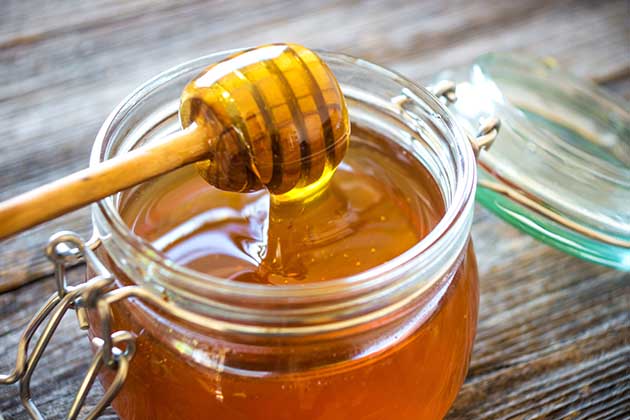
You may not eat a ton of honey very quickly, but that doesn't mean you should store it in the fridge. Keeping honey will preserve it a little better, but the texture will change. Instead of the ooey-gooey goodness, you'll get a semi-solid mass of honey (almost like mushed-up Vasoline).
The cold temperatures cause granulation, making it also gritty due to crystallization. The best method of keeping honey is just storing it away from light. If you know you won't eat it soon, you can freeze it, but warm it up before using it again. Also, check for any crystals as this could act as a "seed" that crystalizes the rest of the honey.
Basil Leaves
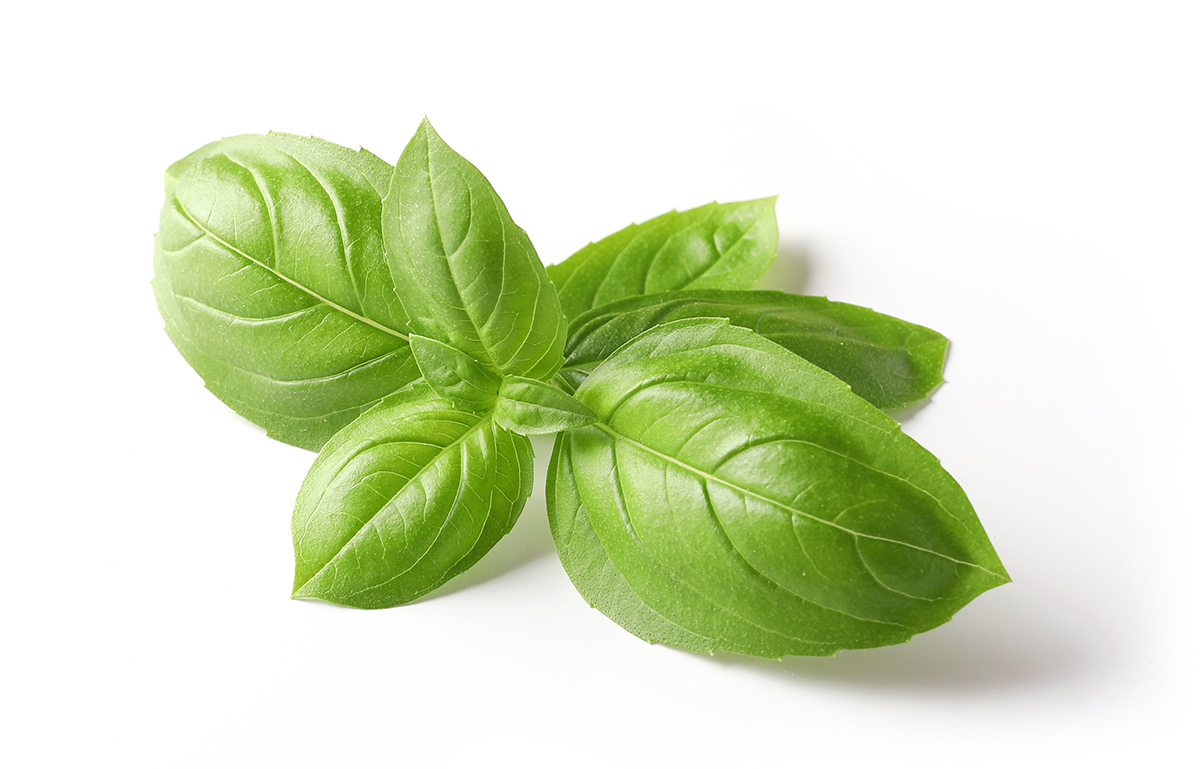
There are a few ways of preserving basil, but it isn't how you'd think. First of all, don't just throw the leaves in the fridge. The moisture will cause the leaves to rot faster. Basil really doesn't like its leaves wet. You can make a pesto out of it using a food processor. Then, you can throw it in the fridge.
Freezing the leaves is also an option once you've washed and patted it dry with a paper towel. Our favorite method is to wash them and place them in a mason jar. Then, throw in a couple of teaspoons of salt and fill the jar with olive oil. You can use them as is, and the oil will be infused with the delicious basil flavor.
Cake
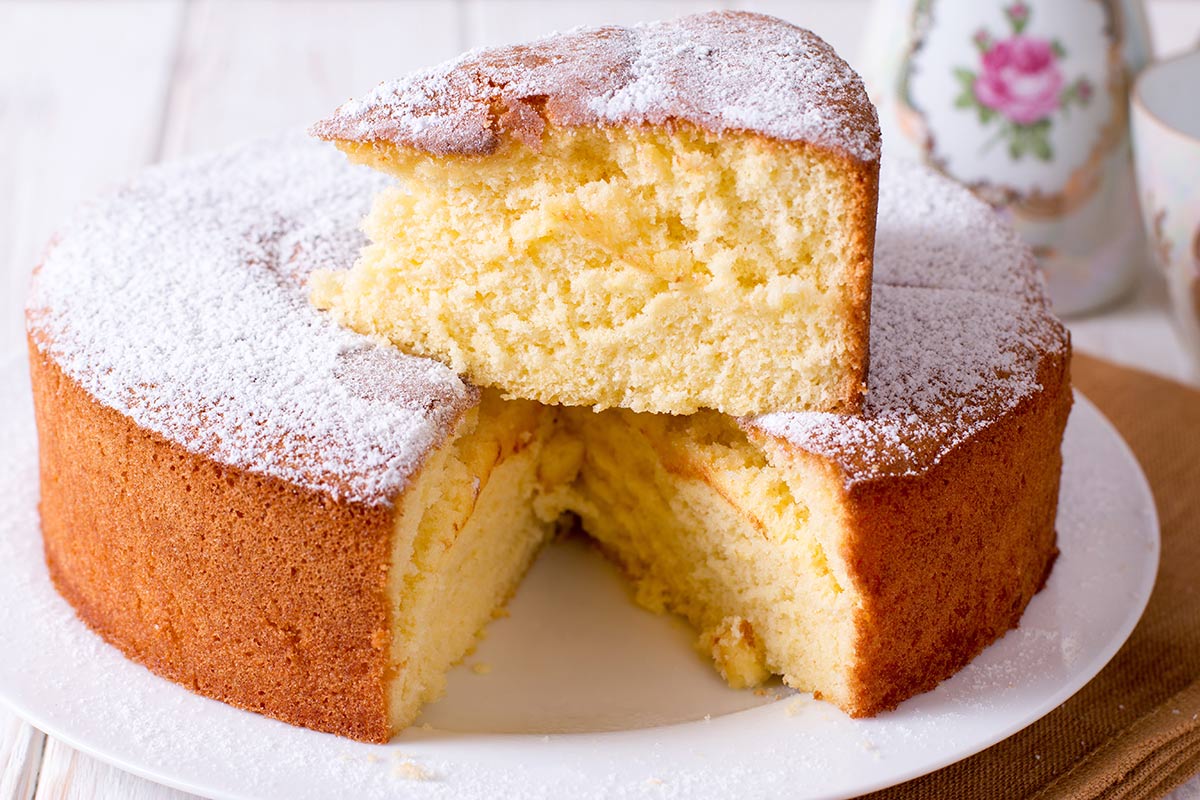
Every refrigerator commercial may show an entire cake in the fridge, but that doesn't mean you should do it! Putting the cake in the fridge makes the frosting oh-so-good, but it doesn't help the bready cake part of the dessert. Putting your delicious cake in the fridge will just cause it to go stale faster.
The cold air makes the starch molecules in the flour crystalize much faster than they would normally. Storing a cake for a few days? Just put it in a cake container and call it done. If you want to keep it longer than that, then throw it in the freezer.
Pears
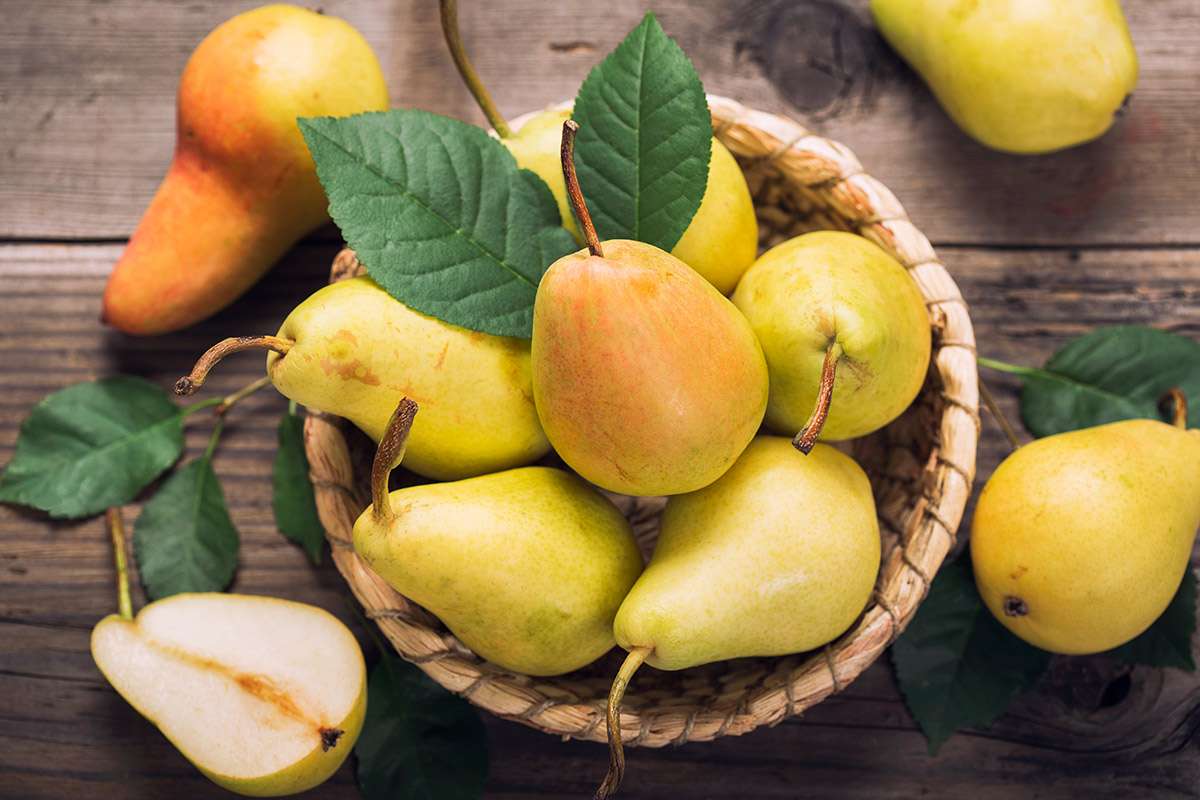
Like many of the other fruits on this list, pears only need to go in the fridge if they're going to spoil soon (as in a couple of days). Pears that aren't ripe should definitely go on the counter to continue the ripening process. Fresh pears are likely not done ripening, so you likely have a few days right off the bat.
On the counter, it'll last up to a week as long as it's uncut. If it's about to go bad, you can throw it in the fridge. Otherwise, you're just eating up valuable refrigerator space. Old pears that are beyond ripe can be baked into desserts or breakfast foods as the high sugar content makes the foods especially delicious.
Lemons & Limes

Some fruits are perfectly fine if kept on the counter, and that's the case with lemons and limes. These citruses are perfectly fine on your counter for a week or two -- talk about a beautiful centerpiece for a table! Are you planning on using your lemons or limes in a few weeks?
Well, it might be best to throw them in the fridge! They will last up to four weeks, but make sure they warm up before using. Also, remember that out of sight out of mind could work against you. If you're already short on fridge space, you can put these puppies straight on the counter (or in a decorative wooden bowl for a fresh kitchen!).
Eggs
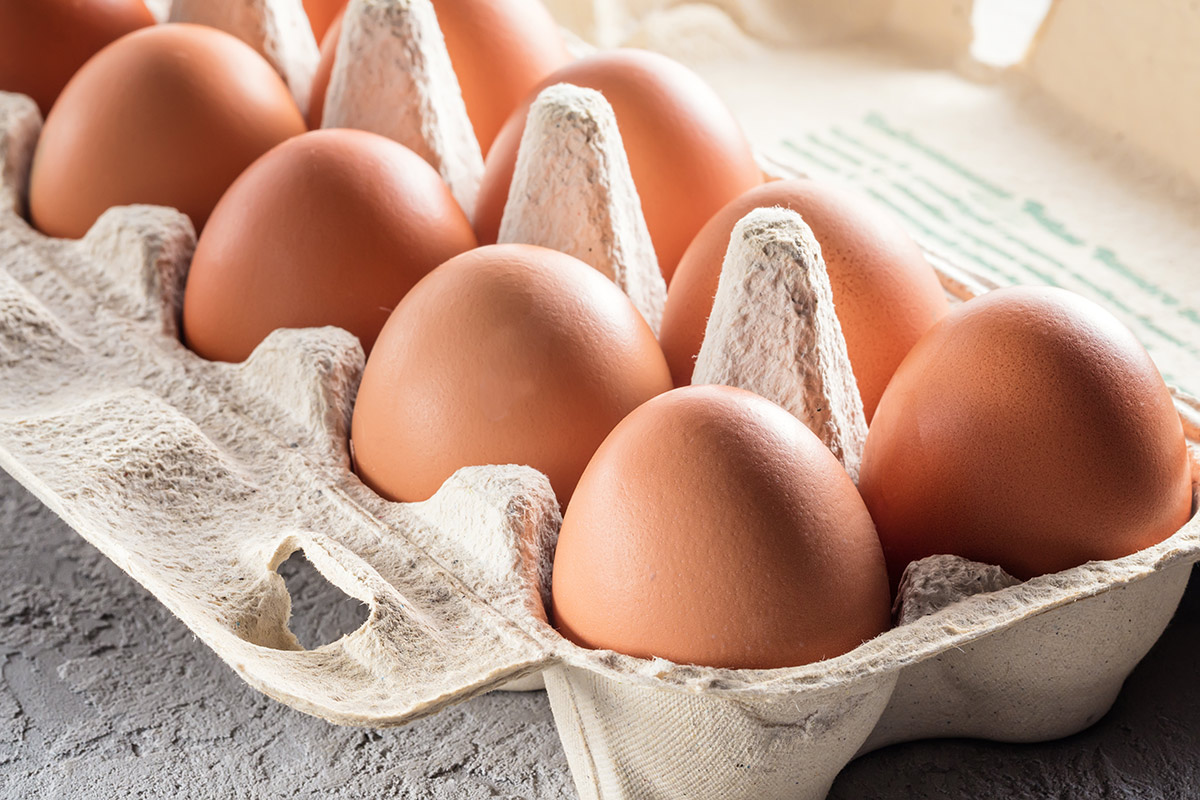
Whether or not you should refrigerate your eggs depends on where you live and where you get your eggs from. Eggs are processed in an unusual way in the United States which doesn't make them ideal for leaving out on the counter. It's designed to clean the eggs so bacteria can't pass from the chickens onto those eating the eggs.
It's great for us, but it gets rid of the protective layer that keeps the eggs fresh without refrigeration. However, it's very common to see eggs unrefrigerated in other parts of the world like Europe. If you get your eggs from a farm (and they were sitting out when being sold), you may not have to put them in the fridge. When in doubt, question the person you're buying the eggs from.
Dry Beans
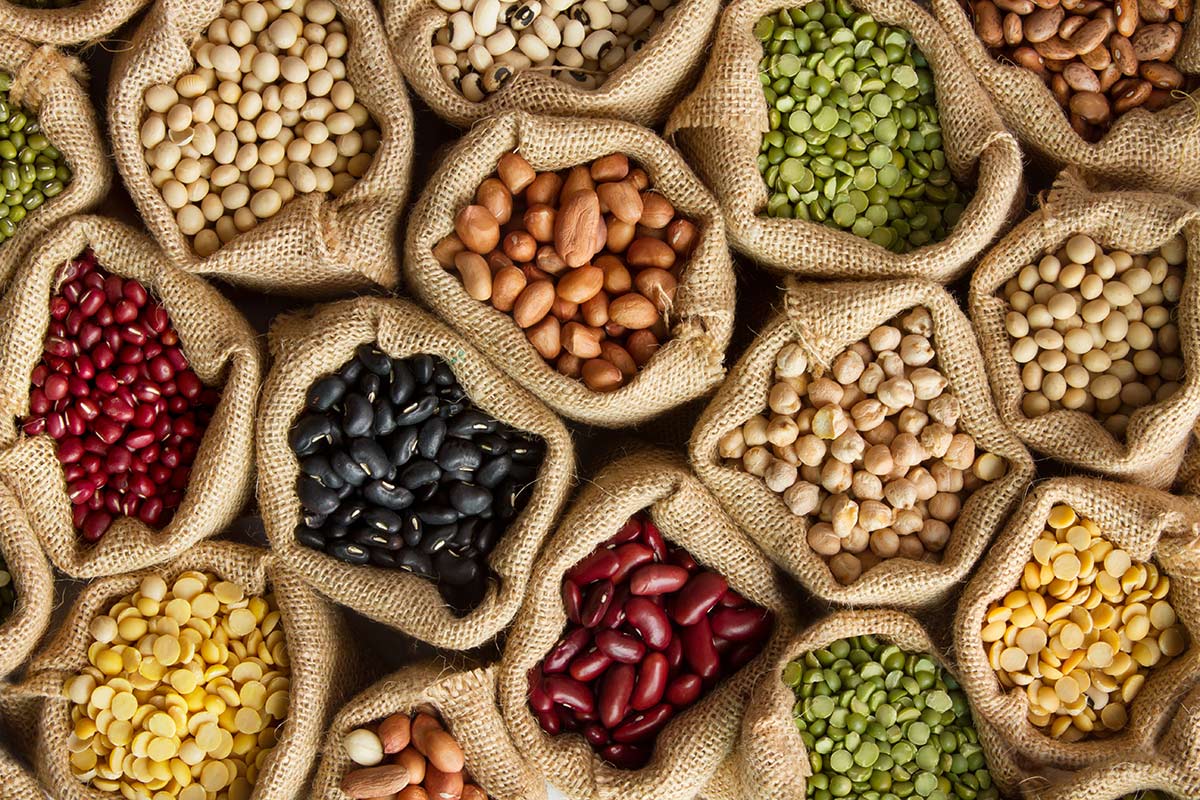
This one may go without saying, but some people throw their dried goods into the fridge (including dried beans!). Dried beans never have to go in the fridge. In fact, the moisture could cause them to spoil faster than you want. Unfortunately, dried beans don't last forever...technically. According to the USDA, dried beans have a shelf life of one to two years.
We're not going to tell you to toss out all your beans, but you should look them really good before throwing a rotten bean into the bunch! Dried beans that are too old will have mottled skin, dark spots, and may even have mold! They also shouldn't have a strong smell. Rancid aromas are never a good sign.
Lard & Shortening
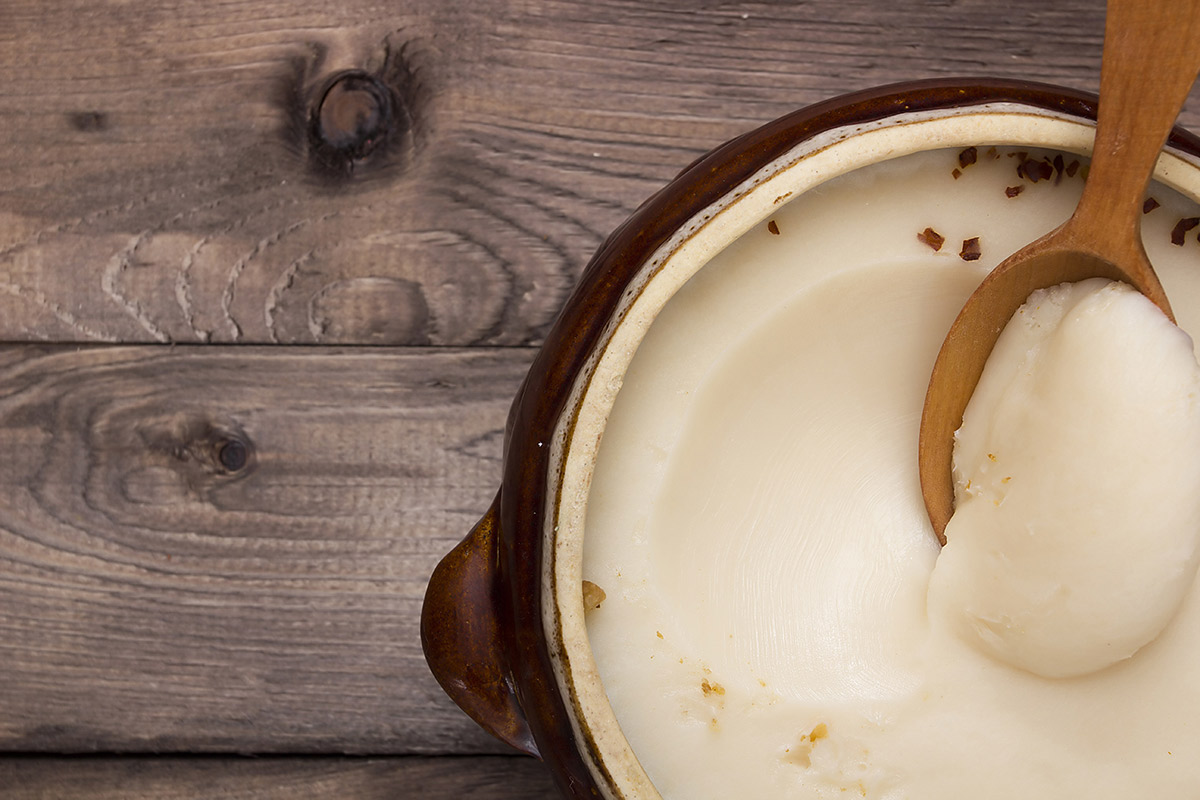
Lard is a lot like butter -- you don't need to keep it in the fridge. It takes up valuable space! When kept at room temperature, it will keep for up to a year. Because lard is made of saturated fat molecules, keeping it at room temperature keeps it in a solid state.
Traditionally, lard has been kept out on the counter, so there's no problem with that. If you aren't going to use it for a long time, then you can also freeze it! The easiest way to do that is to throw your hard into an ice cube tray, and then transfer them to freezer bags for later use.
Tortillas
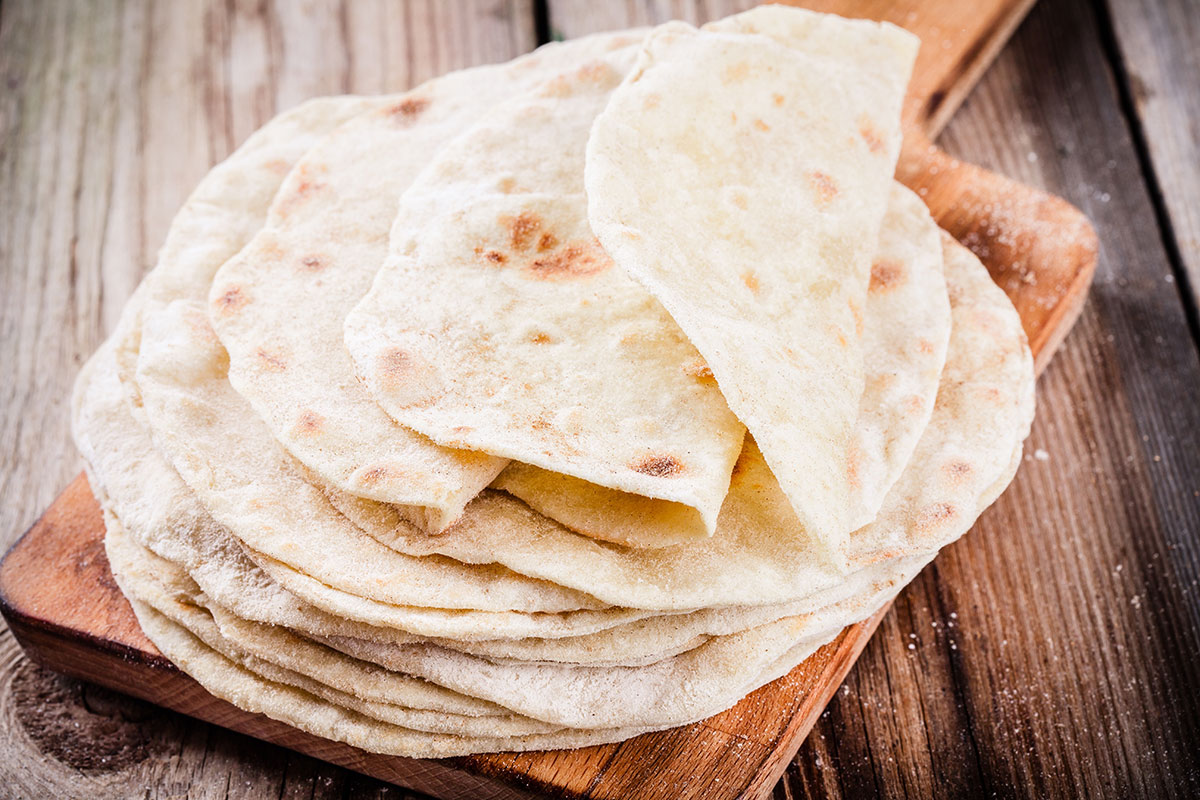
Tortillas are a lot like bread. Throwing them in the fridge could cause them to go stale much faster than desired. The moisture trapped in the bags could also make it mold before it gets used! The most important thing is to store your tortillas at a steady temperature (i.e. not cooling it off and warming it up multiple times).
Consistently changing the temperature could give them a terrible texture. Not to mention, most people don't want to eat a taco with a cold tortilla! Throwing them in the fridge will only make your warm taco goal that much harder. Keep your tortillas in the pantry, away from sunlight and away from moisture.
Peppers
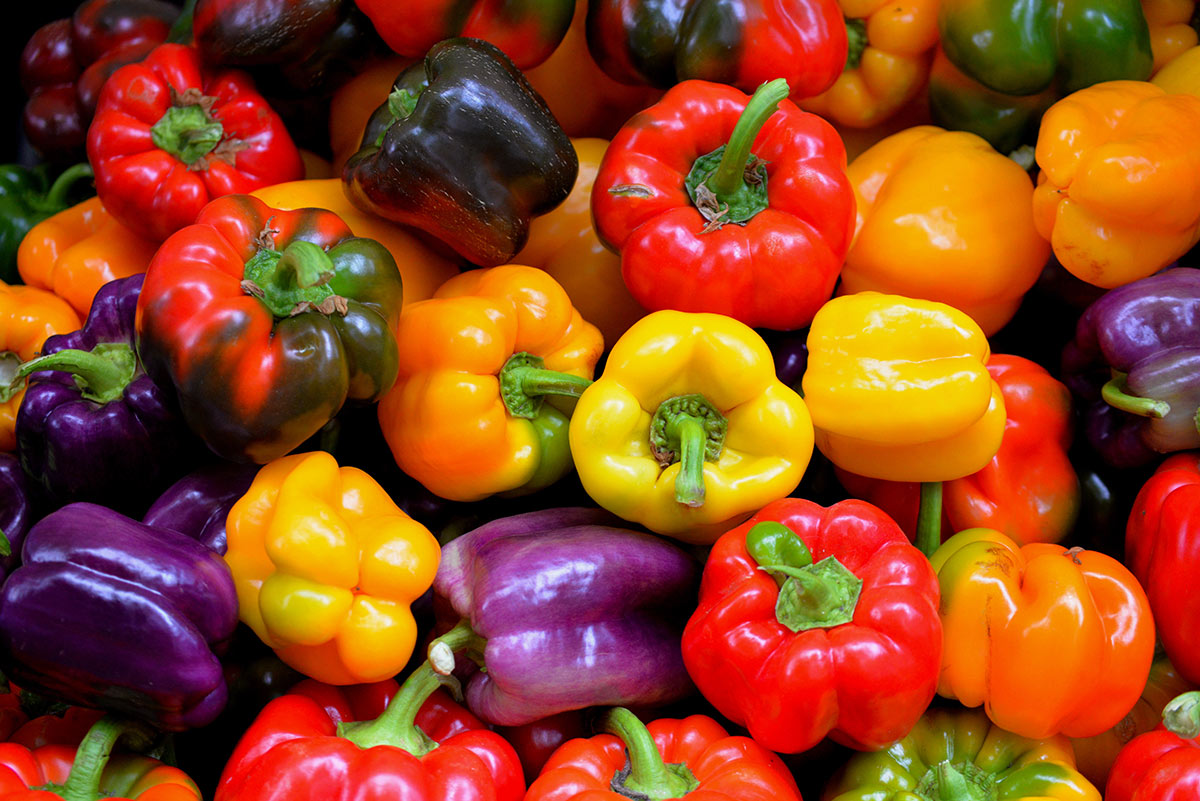
Peppers, whether bell peppers or another spicier version, are perfectly fine on the counter. Depending on the pepper you're buying, it'll last much longer than another, however. A green bell pepper will last longer than a red, orange, or yellow because all bell peppers are green before turning another color.
If you leave them at room temperature, your peppers should last around a week or two. You certainly could keep them in the fridge, but it wouldn't extend the life of your bell pepper much further. It'll just take up space in your vegetable crisper for foods that really need it.
Pineapples

Just bought a pineapple, but not wanting to cut it up? We feel you. Cutting a pineapple is never the best part of the fruit. Well, you should be happy to know that the uncut pineapple is just fine on your counter. In fact, putting it in the fridge will make the ripening stop.
Unless it's at the end of its life (and the leaves are brown and falling off), pineapples can always ripen more. After you cut it up, it's quite perishable. Definitely throw it in a bowl or bag and toss them into the fridge. Brown spots on your fruit mean your pineapple needs to be tossed.
Green Beans
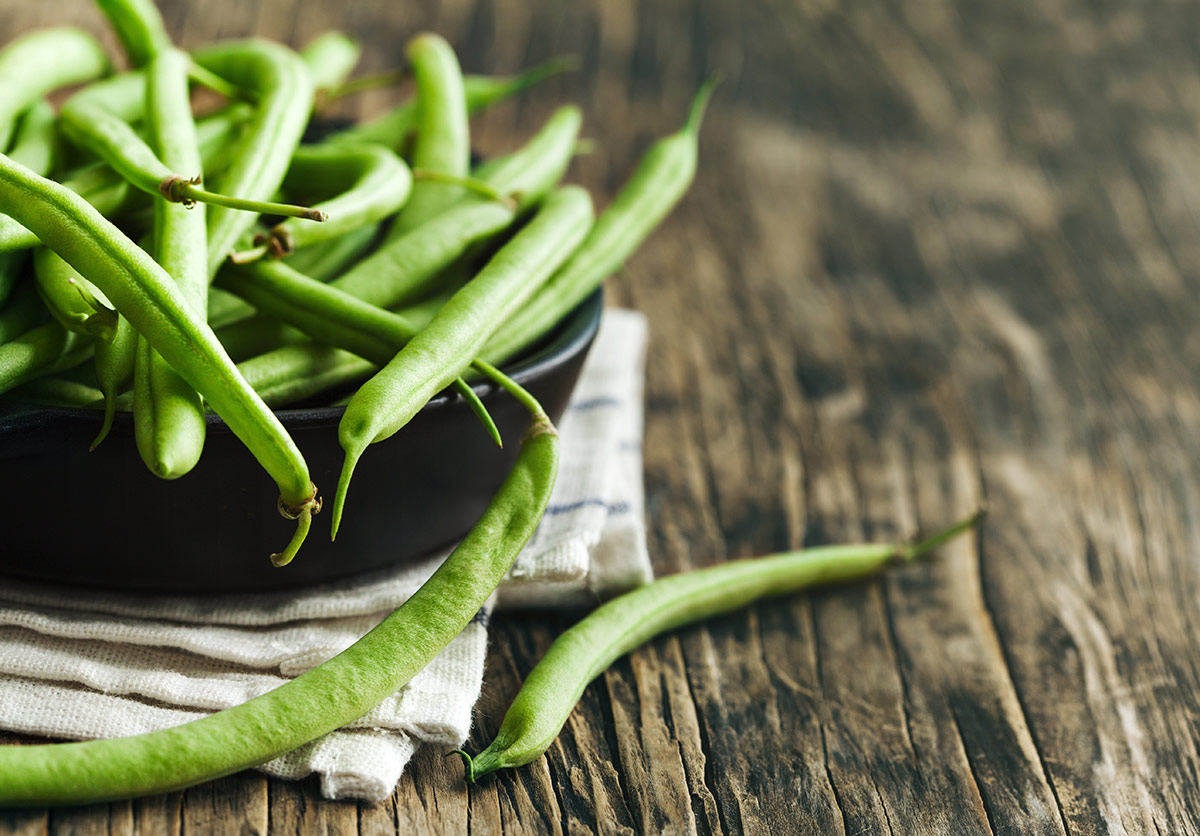
Green beans are yummy and very inexpensive. They also do pretty well outside of the refrigerator...as long as you don't wash them. Once the moisture is introduced, the decaying process begins. Whether it's in the fridge or on the counter, you have a few days to consume your green beans, even if they're uncut.
The best way to keep your beans fresh is to keep them unwashed on the counter. After a week or so, it may be best to use them because they'll likely begin to dry out. Alternatively, you could wash them, cut them, and freeze them for later use.
Okra
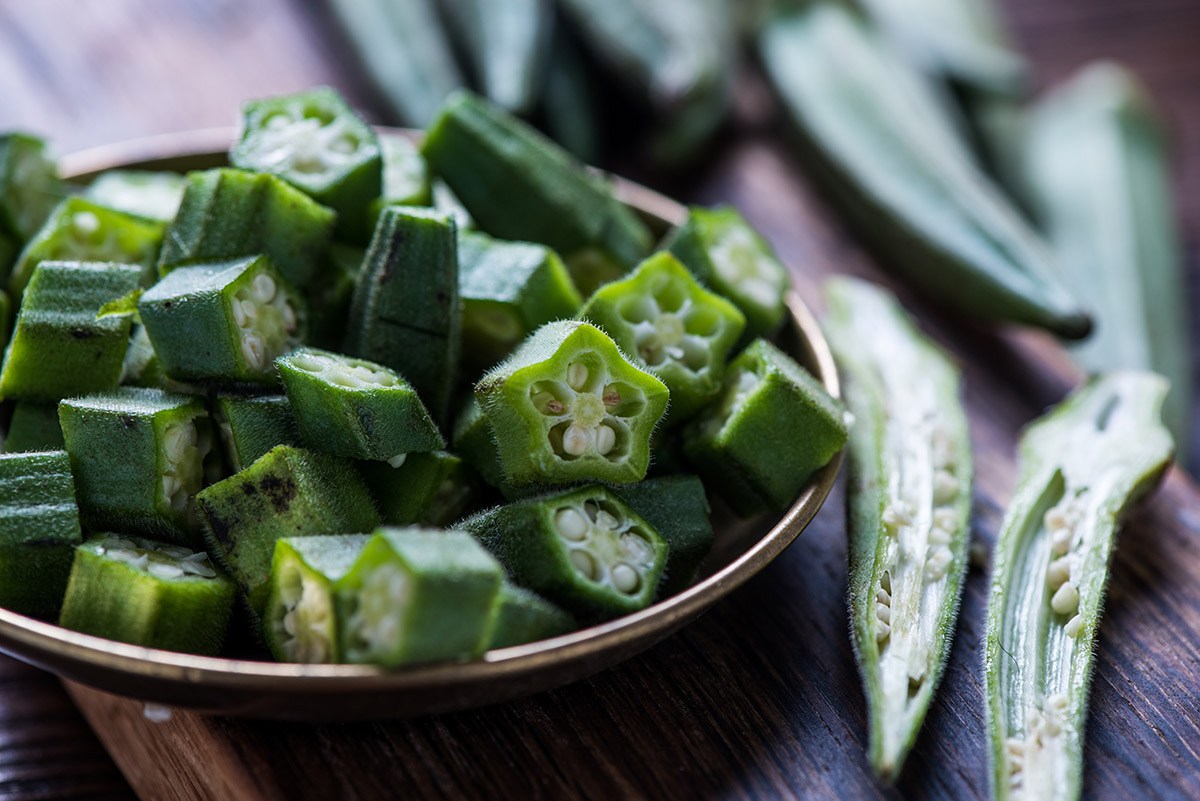
Okra is a southern vegetable. It prefers hotter environments. In fact, it almost thrives in it as long as it isn't cut yet! Like some of the other veggies on this list, you can keep the pods unwashed on your counter for a week or more without them even showing signs of decay.
When they're washed, the clock has started! Okra hates being wet, and it'll become slimy within a couple of days. It's best to only wash okra when you're getting ready to use it. If you don't plan on using the okra immediately, cut it up and toss it in the freezer.
Plums
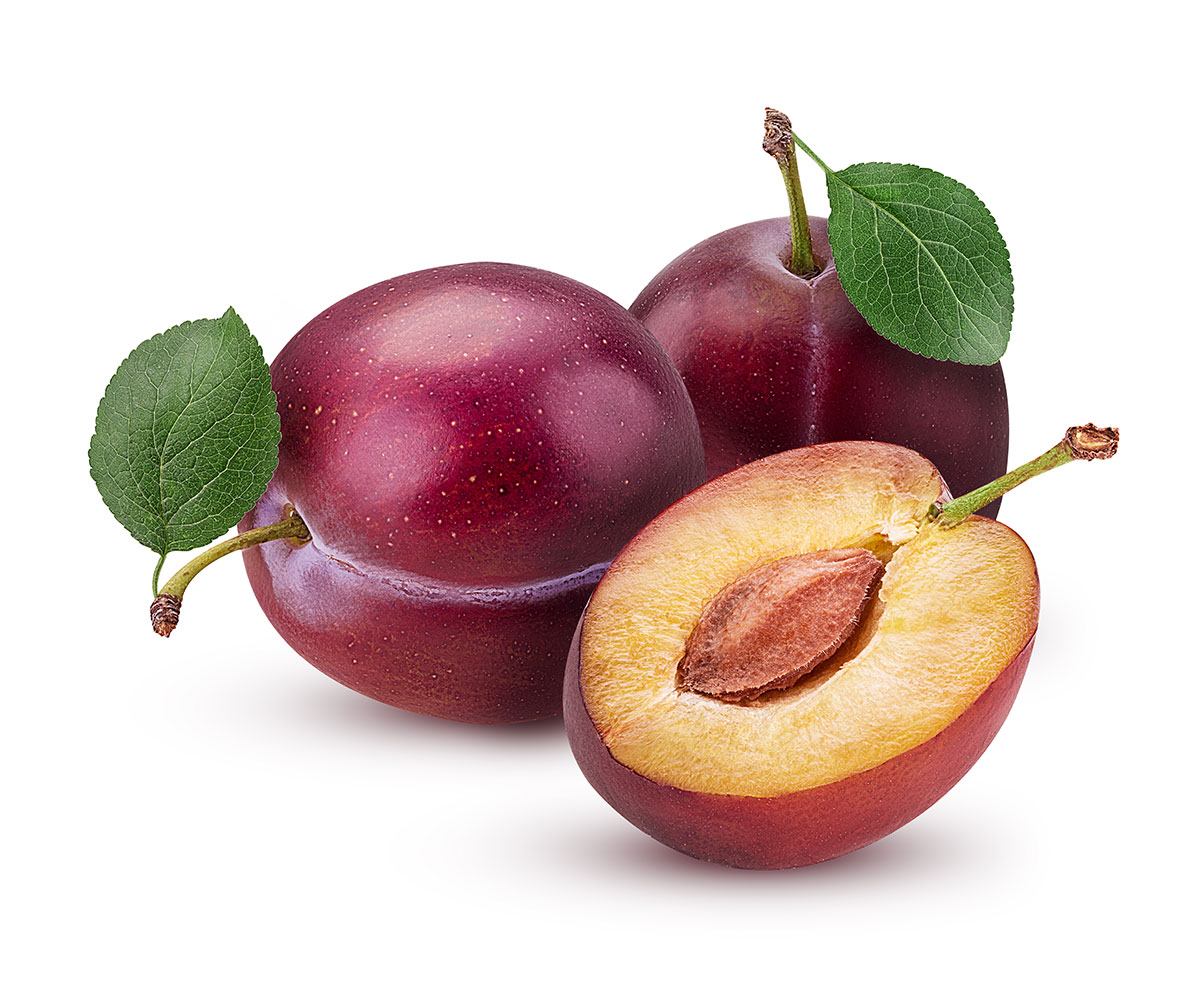
Stone fruit, including plums, should only be put in the fridge if they're fully ripe. They should be squishy with the slightest pressure. If they feel a little hard, don't put them in the fridge! Even if they're slightly firm, it'll take two days before they soften up. That's quite a bit of time for fruit.
By putting them in the fridge before they're soft, you're stopping the ripening processes. This means you could bite into a sour fruit, and that's pretty awful. However, once they're ripe, it's best to keep them in the fridge so that they don't go mushy as quickly. Plums are almost as bad as avocados when it comes to keeping them fresh.
Mustard
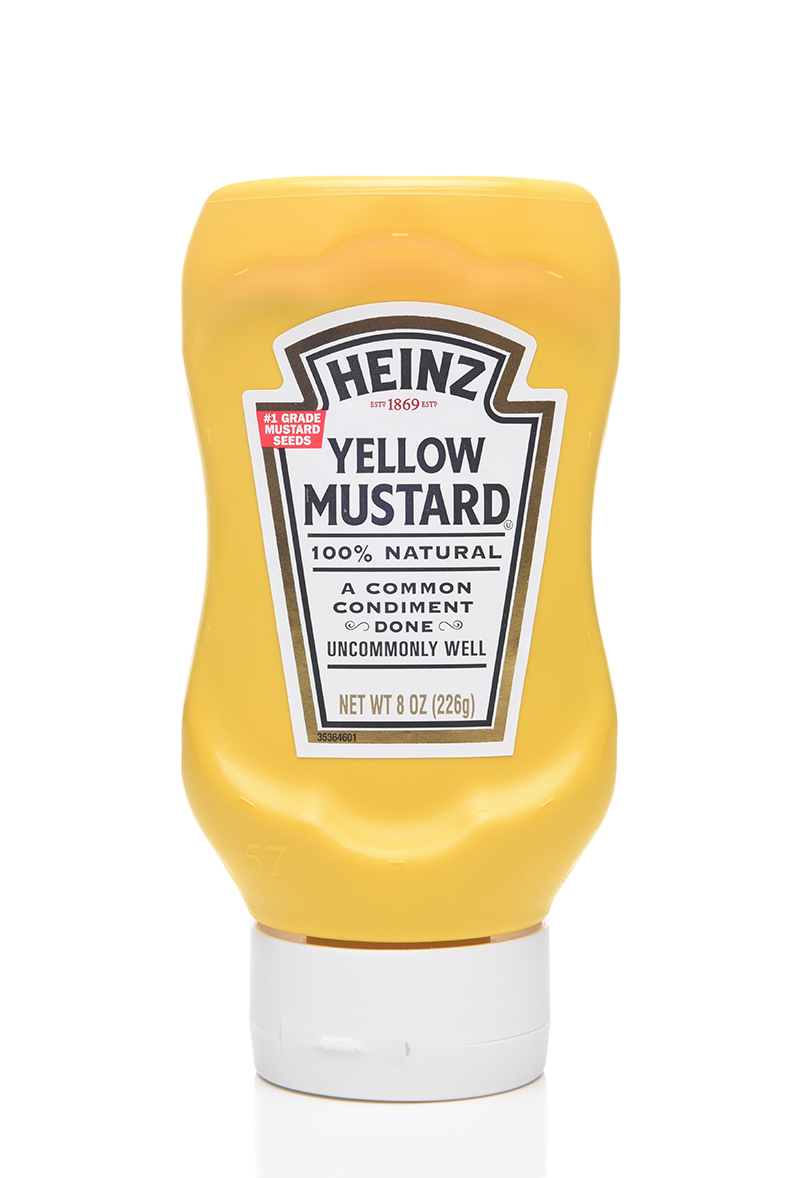
There's absolutely no reason to store mustard in your fridge! It has plenty of vinegar in it, and vinegar is an amazing preservative. Like most condiments, mustard does perfectly fine on the counter or pantry. Putting cold mustard on a fresh hot dog or hamburger isn't really the best plan, anyway.
It will do fine in the fridge, and it will last a little longer. If you aren't a huge fan of mustard, you may still want to keep it in the fridge so it lasts up to a year. Still, on the counter, it will last a solid three months before you need to replace it (or consume the whole thing).
BBQ Sauce
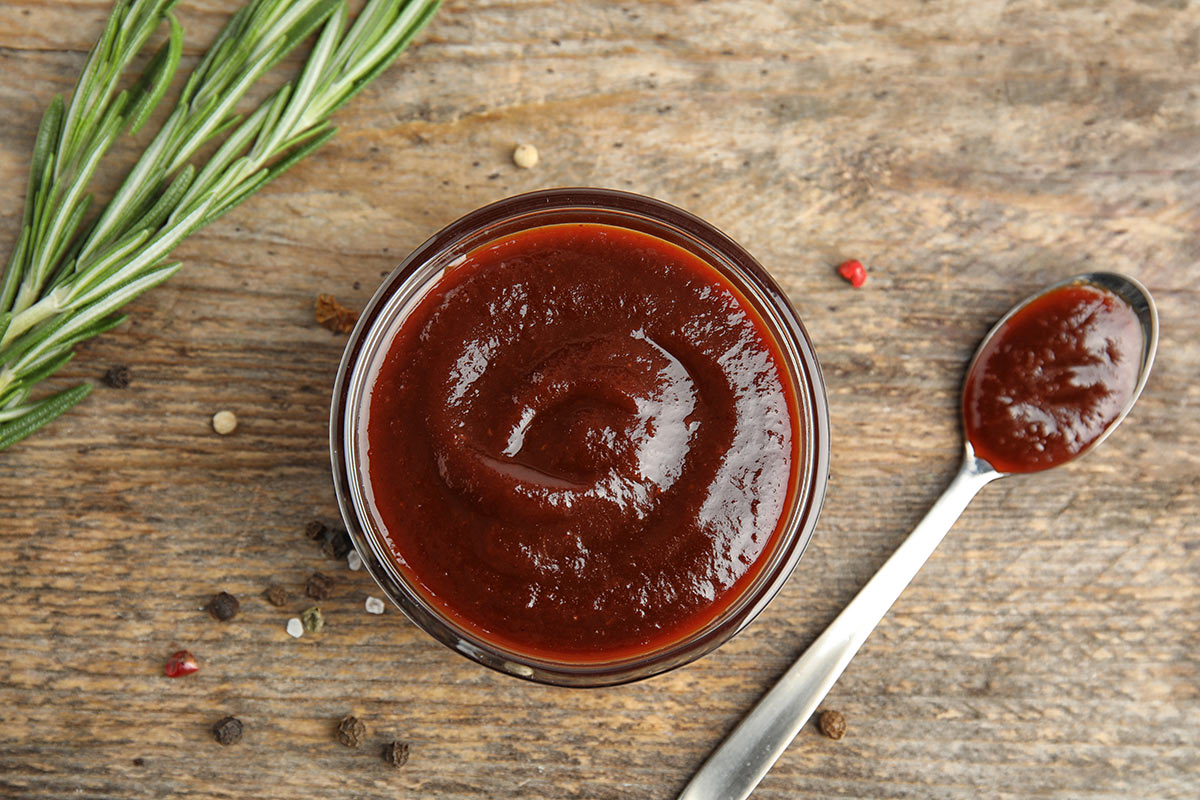
BBQ sauce tends to have plenty of salt and vinegar to keep it fresh on the counter (like many other condiments on the list). This means it'll stay fresh even when left out on the counter. An unopened bottle of BBQ sauce can be left out for more than six months.
Once it's opened, you have up to a month until it has to be thrown away. However, we want to state that if your BBQ sauce has dairy or eggs, it may be best to keep it in the fridge as these ingredients can go bad very quickly and lead to an upset stomach.
Velveeta
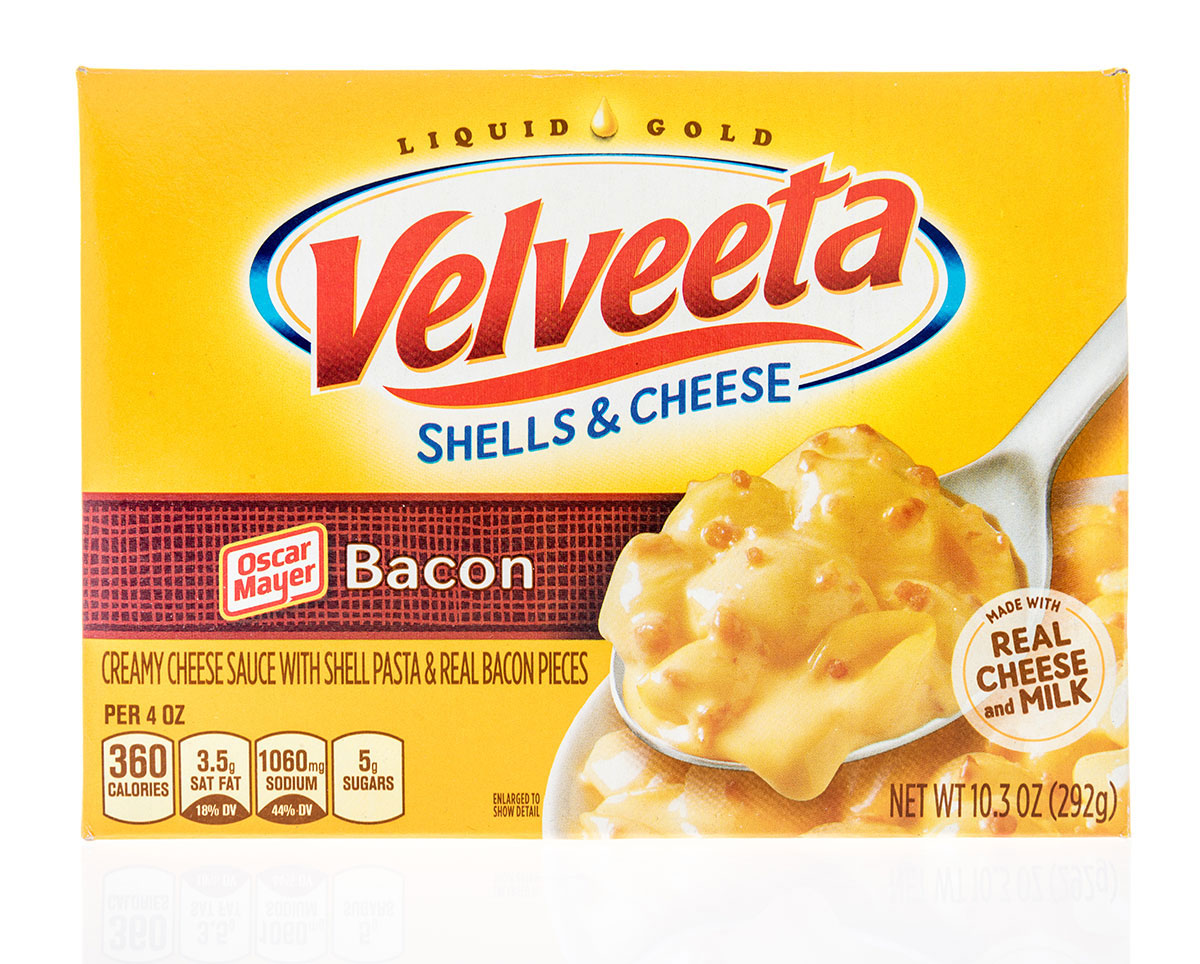
Velveeta makes delicious cheese dip, but how long is it good for? Unopened, Velveeta lasts a solid six months from its packaging date. Usually, you can roll with the "best-buy" date, but since it's filled with preservatives, it'll last a good while past what the package claims. After you open it, you don't have to throw it in the fridge, either.
We hate to break it to you, but you're not dealing with real cheese. Velveeta is a "cheese product," so it doesn't have to be in the fridge. It's recommended, but you don't have to. Once it's opened, you have a whopping eight weeks to use it. If you put other stuff in it, however, consider refrigerating it.
 Author
Rachel Downs
Last Updated: December 01, 2025
Author
Rachel Downs
Last Updated: December 01, 2025